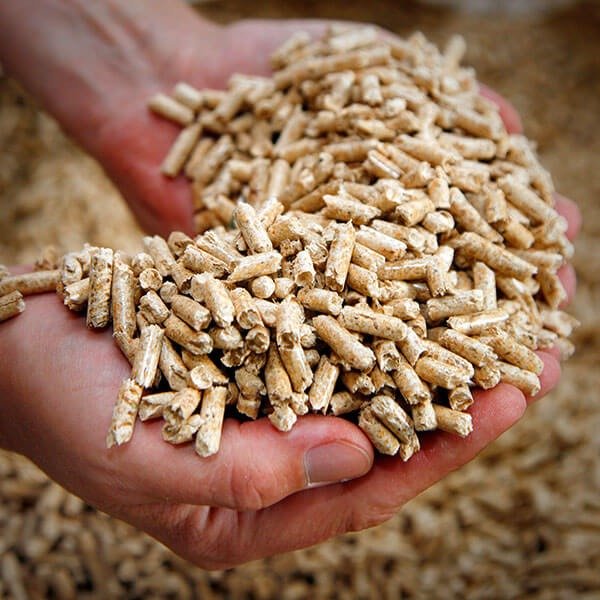
How to Choose the Best Quality Wood Pellets for Your Home
Wood pellets have become increasingly popular as a sustainable and efficient heating option for homes. Made from compressed sawdust and wood waste, they offer a convenient and eco-friendly alternative to traditional fuels like oil or gas. However, not all wood pellets are created equal. Choosing the best quality pellets for your home heating needs requires some consideration. In this guide, we’ll explore the factors you should keep in mind when selecting wood pellets to ensure optimal performance and efficiency. Where to buy wood pellet online
1. Pellet Quality Standards
When shopping for wood pellets, one of the first things to consider is whether they meet quality standards. Look for pellets that are certified by reputable organizations such as the Pellet Fuels Institute (PFI) or the European Pellet Council (ENplus). These certifications ensure that the pellets meet specific criteria for size, moisture content, and ash content, among other factors. Opting for certified pellets can help guarantee consistent performance and minimize the risk of issues such as clinkers or inefficient combustion.
2. Pellet Composition
The composition of wood pellets plays a crucial role in their performance and efficiency. Ideally, you’ll want pellets made from pure wood without any additives or fillers. Avoid pellets that contain chemicals or binders, as these can produce harmful emissions when burned and may leave behind residue in your stove or boiler. Look for pellets that are labeled as “100% hardwood” or “100% softwood” for the cleanest and most efficient burn.
3. Moisture Content
Moisture content is a critical factor that affects the combustion efficiency of wood pellets. High moisture content can lead to incomplete combustion, increased emissions, and decreased heat output. Ideally, you should look for pellets with a moisture content of less than 10%. Lower moisture content ensures that the pellets burn more efficiently, producing more heat and fewer emissions. Some manufacturers may specify the moisture content on the packaging, but you can also check it using a moisture meter before purchasing.
4. Pellet Size and Density
The size and density of wood pellets can vary depending on the manufacturing process and the type of wood used. Opt for pellets that are uniform in size and density, as this ensures consistent burning and prevents clogs or jams in your pellet stove or boiler. Pellets that are too large may not feed properly into the combustion chamber, while pellets that are too small may burn too quickly, reducing overall efficiency. Standard-sized pellets typically have a diameter of 6 millimeters and a length of 20-25 millimeters.
5. Ash Content
Another important consideration when choosing wood pellets is the ash content. Ash is the residue left behind after combustion and can affect the cleanliness and maintenance of your heating system. Lower ash content indicates cleaner burning and less frequent ash removal. Look for pellets with an ash content of 0.5% or less for minimal maintenance and a cleaner burn. However, keep in mind that ash content can vary depending on the type of wood used, with hardwood pellets generally producing less ash than softwood pellets.
6. Pellet Price and Availability
While quality should be your primary concern when choosing wood pellets, price and availability are also factors to consider. Compare prices from different suppliers to ensure you’re getting the best value for your money. Keep in mind that cheaper pellets may not always be the best option if they compromise on quality. Additionally, consider the availability of pellets in your area, as shipping costs can significantly impact the overall cost. Purchasing pellets in bulk during the off-season or from local suppliers can help you save money in the long run.
7. Customer Reviews and Reputation
Before making a purchase, take the time to read customer reviews and testimonials for the brand or supplier you’re considering. Pay attention to feedback regarding pellet quality, consistency, and customer service. A reputable supplier should have positive reviews and a track record of delivering high-quality pellets consistently. You can also ask for recommendations from friends, family, or neighbors who use wood pellets for heating.
Conclusion
Choosing the best quality wood pellets for your home heating needs requires careful consideration of factors such as pellet quality standards, composition, moisture content, size and density, ash content, price, availability, and customer reviews. By selecting high-quality pellets that meet your specific requirements, you can ensure optimal performance, efficiency, and comfort throughout the heating season while minimizing environmental impact. With the right choice of wood pellets, you can enjoy a clean, sustainable, and cost-effective heating solution for your home.